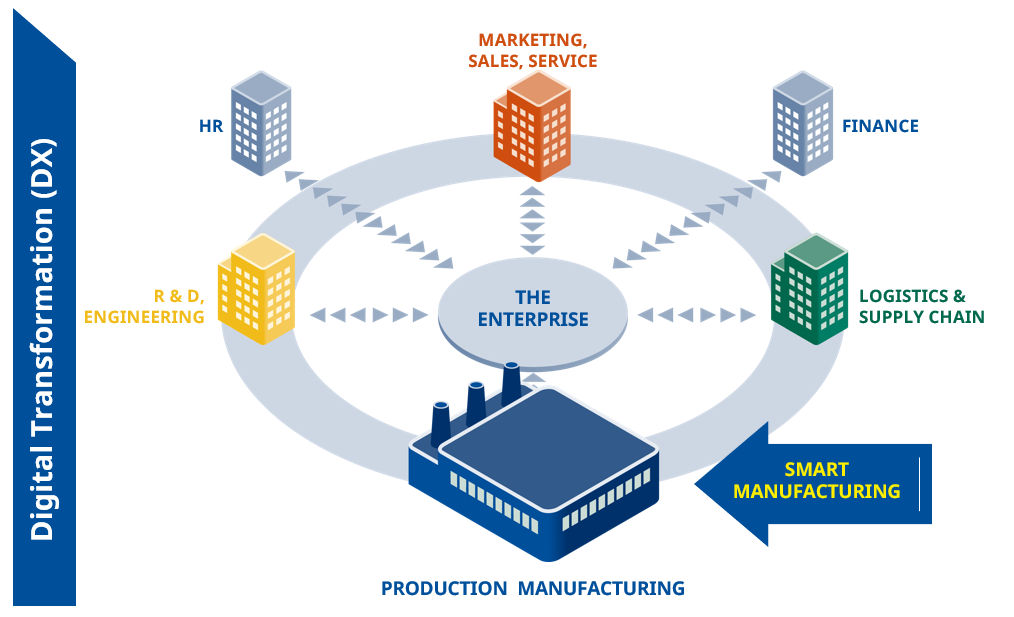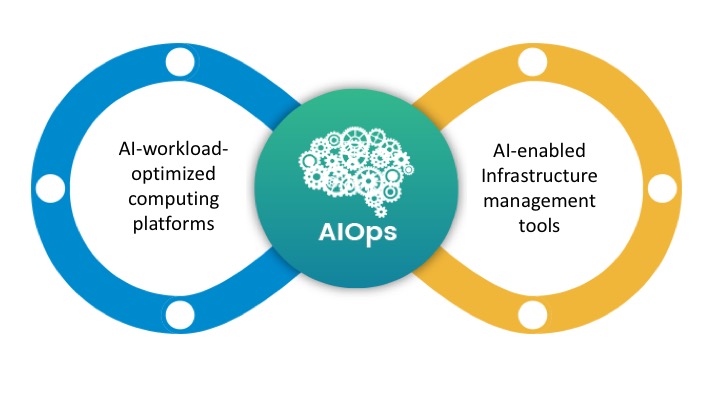Digital transformation has become a top priority for many organizations. By digitizing operations, businesses can automate and improve processes, increase efficiency, and create a better customer experience. However, making this transformation can be complex and daunting. This blog post will explore the key components of a successful digital transformation in operations and provide tips for getting started.
Table of Contents
What is Digital Transformation in Operations?
Digital transformation in operations is the process of using digital technologies to improve performance or create new opportunities in an organization’s business operations. It can involve automating processes, integrating new technologies into existing systems, or developing new ways of doing business.

Digital transformation can help organizations reduce costs, improve efficiency, and increase agility. It can also enable them to create new revenue streams, enter new markets, and better serve their customers.
5 trends of digital transformation in operations
Below are the digital transformation trends that have changed the way companies and organizations deal with digital operations management
Mainstream nature of multi-cloud adoption
In the past, companies would have to rely on a single provider for their cloud-based needs. However, this often led to lock-in and limited options in terms of product offerings, global presence, and flexible pricing strategies. Today, many companies are increasingly relying on multiple cloud providers to avoid these issues.
The growing cloud-native skills gap
The transition from virtual machine management to monolithic development patterns to agile microservices is transforming how enterprises build, deploy, and optimize cloud-based applications. As a result, IT operations teams will need to build new competencies to manage the health and performance of containerized services.
Commodity monitoring converts into strategic monitoring
To understand and debug cloud-native systems, development teams will use multiple data sources. It means that when your IT teams develop new tools to manage autonomous cloud-native services, it is vital to clarify the relationship between individual components and the overall system so that you can effectively troubleshoot microservices in production.
AIOps emerge as the way to tame alert storms

Artificial intelligence for IT operations (AIOps) is inevitable for modern IT infrastructure teams to keep up with the diversity, velocity, and volume of IT operations. AIOps allows enterprises to run and optimize mission-critical systems by shortening response time for digital interactions and eliminating redundant processes.
Business-aware, service-centric delivery optimizes customer experiences
IT teams can help the business remain competitive by simply transitioning from managing hybrid IT infrastructure assets to prioritizing and supporting business-critical services. Also, with the combination of business insights, customer knowledge, and relevant metrics, service-centric operations management will improve digital performance, enhance customer interactions and support business goals.
Challenges of digital transformation in operations
Digital transformation can bring many benefits to an organization, including improved efficiency, agility, and competitiveness. However, there are also several challenges that need to be considered when embarking on a digital transformation journey.
Align the digital strategy to corporate strategy
In order to ensure a successful digital transformation of operations, it is crucial to first align the digital strategy with the overall corporate strategy. This will ensure that all initiatives are working towards the same goal and avoid any potential duplication of effort.
Mapping current state capabilities
Once the digital strategy is in place, the next challenge is mapping the current state of capabilities. This will provide a clear picture of where gaps exist and where investments need to be made in order to close them. Without a clear understanding of the current state, it would be impossible to accurately plan for the future and make the necessary changes to achieve operational excellence.
Break organizational silos and collaborate
In many organizations, departments are organized in a way that creates silos, with little communication or collaboration between departments. This can lead to inefficiencies and duplication of effort. When undergoing digital transformation, it is important to break down these silos and encourage collaboration between departments. Otherwise, the organization will not be able to fully realize the benefits of digital transformation.

Organize processes around customers
When processes are designed around the needs of the organization, rather than the needs of the customer, customers can often have a poor experience, which can damage the organization’s reputation. When undergoing digital transformation, it is important to design processes around the needs of the customer. This will help to ensure a positive customer experience and improve the chances of success for the organization.
Identify quick wins and estimate benefits
Quick wins are essential in order to show early success and build momentum for the transformation. However, it can be difficult to identify opportunities for quick wins without a clear understanding of the current state of operations. Benefits also need to be estimated in order to secure buy-in from stakeholders. This can be a complex exercise, particularly if data is spread across multiple systems and silos.
Build a stable technology foundation and organize your data
A stable technology foundation is necessary in order to support the digital transformation. This includes ensuring that systems are integrated and data is organized in a way that facilitates decision-making. It can be challenging to achieve this stability while also maintaining agility and responsiveness to change. Therefore, it is important to have a clear plan for how the technology foundation will be built and managed over time.
Things to consider to make digital transformation succeed in operations
By taking these considerations into account, you’ll be well on your way to making a digital transformation in operations a success.
Digital and analog, reinforcing each other
It is important to consider how digital and analog reinforce each other. In many cases, digital technologies can help streamline and improve Analog processes. However, simply automating a process without first understanding the underlying Analog process can lead to inefficiencies and errors. As such, it is critical to consider how digital and Analog can complement each other in order to drive maximum value from digital transformation.
Driving digital enterprise-wide

Operations may be leading the way in terms of digitization. However, if other parts of the business are not on board, then the overall goal will not be met. For example, if Sales and Marketing are still using paper-based processes during digitization, there will be a disconnect between departments. This disconnection will prevent the information from flowing seamlessly.
Instead, that meant modifying roles for everyone in the enterprise with new communications. You will anticipate people’s concerns during the transition and explain how customer service was evolving.
Realigning with the customer back
You have to realign your efforts with the customer back and ensure that their needs are being met. What needs and expectations do they have? How can you better serve them through digital channels? In other words, you will redesign internal roles for they support the way customers work with the organization. In the end, customers could easily move through each phase of fulfilling their needs.
Better digital-oriented leaders make the digital transformation progress easier and more sustainable
Having leaders who are oriented toward digital transformation will make progress easier and more sustainable. They should be guiding and championing your efforts, helping everyone to understand why change is necessary and how it will benefit both the company and the customer. Moreover, the speedy digitalization requires leaders and managers to improve their day-to-day skills in working with their teams.
Wrapping up
The digital transformation in operations is inevitable. Nearly every organization, regardless of size or industry, is in the process of or planning for a digital transformation. The goal of this blog post is to provide an overview of digital transformation trends, challenges, and how to initiate and execute a successful digital transformation initiative within your company. Hopefully, the information is helpful and if you have any questions, please don’t hesitate to contact us now!











